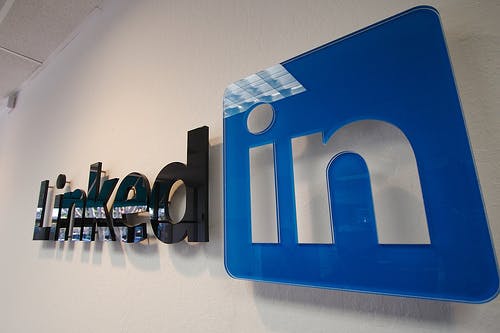Now that the rush on LinkedIn IPO shares has come and gone, many people are going to start talking about what they do next with the influx of cash. Many have suggested an acquisition strategy. Bloomberg Businessweek put together a list of companies that LinkedIn could be looking at including Yammer, Indeed, and BranchOut.
The other strategy of course is to build within by hiring more people or by perhaps doing smaller, incremental acquisitions that support the underlying technology of your product (or the product you want to build).
Any of those could be a winning strategy but there are two lagging issues that need to be addressed before LinkedIn really changes the game.
Monetizing LinkedIn’s recruiting product
Last week was an exciting time to be at LinkedIn’s Mountain View headquarters. I was there for ERE’s Recruiting Innovation Summit (ERE Media is also the parent company of TLNT) and I was also able to meet with Francois Dufour, who is the Senior Director of Marketing at LinkedIn after the event was over.
Our conversation wasn’t groundbreaking (Dufour did his best to update me on product updates since I last used LinkedIn to recruit) but it is clear that they are continuing to take recruiting seriously as a product. And they should, considering that there’s a significant cost of access.
As we discussed the product and its future, I couldn’t help but wonder if there might be something missing. Or maybe not missing, but not utilized all of the way.
The best living database
Amy Wilson of Constellation Research talked at the summit about living databases (ones that constantly update versus ones that have data entered initially, then nothing). And of course, the day after a person’s information is updated in a living database, the clock starts ticking. With 100 million members, LinkedIn is large, but how many of those accounts have dead information information in them? (One audience member speculated that some were even physically dead but I wouldn’t go there.)
The key to LinkedIn’s attractiveness for recruiters in particular is that much of the information is more live than other sites with searchable profiles. I know I have a profile on Monster.com, for instance, and I wouldn’t think of deleting it, but how often am I going to update my information?
Using LinkedIn to actively network in Groups (which seems to be the primary way to network on the site besides Questions and Answers) means it is more necessary for me to keep my profile up to date, too. Adding more features along this path is going to be key for LinkedIn to keep their database fresh.
But even an avid LinkedIn networker (and group owner!) like me hasn’t updated my profile since I was hired over a year ago (even though there are things to add). How could that be?
The growing LinkedIn stigma
In Todd Raphael’s post on ERE — “LinkedIn: The Job Site for People Who (Wink, Wink) Aren’t Looking for Jobs” — he interviewed Coleen Byrne, author of The Web 2.0 Job Finder, and the conclusion I drew from her comments is that the passive reputation of LinkedIn is eroding. We could of course debate the stigma of passive versus active candidate, but that’s not the point here.
The real issue is that LinkedIn was (and in some minds, might still be) a place where you could go network without the direct implication that you were looking for work. The push to add more and more recruiting functionality stands in direct contrast to the overall reputation of the site. A number of managers get burned by someone leaving because they were recruited through LinkedIn, and an active profile might be looked upon like a Monster profile of an employee being updated one day ago.
How do you balance between giving recruiters what they want out of the network and still growing the network with real people who are going to make that living database attractive? That’s the uncomfortable line that LinkedIn has to walk.
But back to my profile. It isn’t that I don’t think my boss would care if I updated my LinkedIn profile (that seems highly unlikely) but that other people might perceive that I am gearing up for a move or a search by completely revamping it. And that’s why when I sit down to do it, I reconsider it. For LinkedIn, that should be a real consideration.
